- This feature was originally published in RAIL 874 (March 13-March 26 2019)
Halfway across Tay Bridge, the train stops. I’m not a fan of high bridges over water, and I’m not hugely enjoying being so exposed as we gingerly cross the bridge.
“You feel the wind more on the Forth Bridge,” says ScotRail driver Douglas Robertson. “It’s very rare that this bridge closes - the road bridge closes quite a bit.”
I’m in the cab of one of ScotRail’s new High Speed Trains, en route from Edinburgh Waverley to Dundee and sampling one of the first vehicles to have been modified to operate ScotRail’s new Inter7City services.
The reason for the stoppage is because two trains cannot cross part of the structure at the same time, owing to the weight and its condition, Thankfully, a Class 170 that has just left Dundee passes us on its way south, and Robertson gets the HST moving again.
Scotland’s railways are being transformed, with new fleets that were promised when Abellio won the franchise in 2015 finally being delivered.
New Hitachi Class 385s are operating on newly electrified routes in the Central Belt, moving thousands of commuters across the region, but what has perhaps caught the eye more is ScotRail’s introduction of an inter-city operation to serve Scotland’s seven cities.
In the early 1990s, locomotive-hauled trains using Mk 2s and Mk 3s were replaced by diesel multiple units on routes from Edinburgh and Glasgow Queen Street to Aberdeen, Dundee, Inverness, Perth and Stirling. Those two-car Class 158 DMUs replaced longer formations, and by the turn of the century had themselves been replaced by three-car Class 170s.
The Turbostars have remained ever since, with patronage rising. But journey times between some of the seven cities can be around three hours, and the only provision for customers is a trolley. Combined with underfloor engines on each vehicle, that can sometimes give the impression of a service whose quality fails to match that of an inter-city operation.
Transport Scotland, the Scottish Government’s department in charge of the railways north of the border, recognised this problem. When determining which company would operate the new franchise (to begin operating in 2016), it had placed the emphasis on quality. Abellio was awarded the franchise, and one of its stand-out offerings was a plan for High Speed Trains (HSTs) to be used instead of the DMUs.
The HSTs would become available from Great Western Railway as the latter’s Intercity Express Trains were introduced. There would be 26 sets - nine four-coach and 17 five-coach trains. All would be leased from Angel Trains, and the plan was to select the very best vehicles for conversion.
Perhaps the most eye-catching part of the scheme was that they would be fitted with sliding doors, enabling the HSTs to continue in traffic beyond a disability access deadline of December 31 2019.
Modifications to the vehicles are taking place at Wabtec Rail, Doncaster, although that work is being delayed. The planned introduction of the first set into passenger traffic in May 2018 failed to happen - instead it entered traffic in October (RAIL 864).
So far, only two sets have been introduced into service, and as of February 25 they remain the only converted sets delivered to ScotRail. Both are four-car formations. This forced the operator to introduce ‘classic’ HSTs into traffic so that it could meet franchise commitments. These sets are all four-coach formations, but without ScotRail’s intended modifications.
The HSTs also feature unique branding compared with the rest of the fleet. This was the brainchild of ScotRail Alliance Managing Director Alex Hynes - he wanted them to have a different look to the rest of the fleet to reflect their inter-city operational status. Because they also serve Scotland’s seven cities, they have been rebranded Inter7City, with images from the cities forming part of the livery on the Class 43 power cars.
Time for RAIL to travel in the cab of a modified set that has been used for training staff as well as being in passenger traffic. On the day of our cab ride, it formed the 1330 Edinburgh Waverley-Aberdeen with RAIL ‘upfront’ as far as Dundee.
Booked to depart from Platform 14, the HST stands out from the DMUs and electric multiple units standing in adjacent platforms. It looks like a distinct upgrade on the ‘170s’ that previously plied this route.
A quick look inside the set shows that while it largely retains the interior introduced by First Great Western in the late 2000s, there are subtle changes: more tables, better placing of seats against windows, and in the First Class vehicle there is a buffet counter. Even so, the door alarms and sliding doors take some getting used to.
I meet Edinburgh-based driver Robertson, who is taking the set to Dundee. His ‘office’ today is 43169, with 43183 on the rear. Both have been refurbished before moving to ScotRail, and are modified to operate the IC7 rake.
At 1330 he receives the signal from the guard that tells him it’s OK to depart. The MTU power unit roars into life and we begin our journey. It’s noticeable that while you can hear the power unit, it’s nowhere near as loud as you might think. And it’s winter in Scotland, but the cab still seems a tad too warm.
We’re soon at Haymarket, having negotiated the complex trackwork through Princes Gardens. At this important interchange many passengers are waiting, while in the bay is a ‘Classic’ HST undergoing training.
“That must be new, it has GWR coaches. I’ve not seen that before,” says Robertson.
While the guard opens and closes the doors on the HST (this can be done from the ‘43’, but ScotRail has chosen not to), Robertson says that where possible drivers will also check the passenger train interface, and he performs this task here.
From here, we are able to put down the power and the HST can begin to outperform the newer trains that it’s replacing.
“Once I take full power…wow!” says Robertson. He has been trained on them for four or five months’ and says they are completely different to any other traction he signs. “Massively so, everything is different,” he explains, before carrying out a mandatory break test west of Haymarket.
It’s a 15-day, three-week course to learn the HSTs. “It’s almost turning everything you know upside down and relearning how to drive,” he explains. “Every day is a school day…”
On his traction card so far, as well as the HSTs, are Class 156s, ‘158s’ and ‘380s’. He’s not learned the Class 365 ‘Happy Trains’, but is due to learn the new ‘385s’. Once he leaves this HST at Dundee, he will take a ‘170’ back to Edinburgh before his break. Then comes a trip to Perth and back before finishing at 2030.
As we curve away from the Edinburgh-Glasgow route, Robertson says the line speed is 100mph near the airport. Usually the HSTs don’t need to reach that speed here, but with RAIL on board he shows what the set is capable of! The acceleration is impressive, as it should be with two 2,250hp power units powering four Mk 3s.
He’s been on the footplate for 11 years, but was in the industry for 15 years prior to that, as a reserve team manager.
As the speed reduces, we roll onto the Forth Bridge. It’s vastly different when seen from the cab, and Robertson says that even though he’s crossed it thousands of times, he still enjoys the experience. The views are also staggering: “I have the best one here,” he enthuses as we cross the iconic structure.
After crossing the 19th century masterpiece, the HST has to thread its way through a series of Fife towns on its way north. The speed limit is usually 40mph or 50mph, which seems a waste of the HST’s capability.
“Not so. I can accelerate quicker because of the power we have,” he explains.
As the line begins to hug the coast, Robertson mentions that at Burntisland he often sees seals. Across the water we can see Musselburgh - Robertson is keen to point that out that’s where he lives.
Soon we have to drop to 30mph to negotiate the ‘S’ bend in Kinghorn Tunnel, prior to Kinghorn station. After that, the slow running is reduced.
It’s getting dark. Looking out to sea, the water is high and choppy, and Robertson acknowledges: “It’s the highest I have seen the waves.”
In front of us, it’s raining. “It looks bad there in the distance,” he observes as we pass Raith Rovers’ stadium at Kirkcaldy.
From here, he is able to accelerate and get the HST ‘flying’ again - well, certainly travelling faster than we were, and 43169’s engine room sounds like it’s working hard. As we pass Markinch, Robertson really puts down the power, and there is a roar behind us.
We pass the site of the former Haig distillery on the left. Robertson points out there were quite a few businesses along the route that he used as marker points, but which have now gone.
As we race through stations such as Markinch, Robertson remarks: “It’s odd not stopping at these stations.” Usually, when driving DMUs, he would stop here, but the IC7 is a limited-stop service.
At Ladybank the line splits, with one route heading to Perth and the other on towards Dundee. Robertson says it’s around 20 minutes to Perth. It appears to be double-tracked, but he explains that there is merely a loop here.
He also explains the signalling arrangement: “If it’s green then you’re going to Perth, but if it’s yellow then it’s Dundee.”
We get the yellow, and Robertson slows the set as we bend right and pass sidings on the left. It’s still raining, but at least the horizon looks brighter, and once we have a green signal Robertson is able to put the HST through its paces.
As we pass a user-worked crossing, RAIL asks if there are any concerns regarding high-speed running?
“It’s not worth thinking about the passengers - if you think about them, then you worry. My attitude is if I do everything safely, then my passengers are safe.”
From Cupar to Dundee the HST is controlled by semaphore signalling. Robertson says it can be hard to see these, especially in these rainy conditions.
We pass the Quaker Oats factory at Cupar - another location that Robertson uses for his route knowledge. “On the way back that place is lit up like a spaceship,” he laughs.
As we head north, the line begins to bend and wind its way through increasingly isolated countryside, although without the speed restrictions we endured on the Fife Circle.
Our second stop at 1423, is Leuchars, where a handful of passengers are waiting. From here, the scenery begins to change, with more hills and heather. The weather has also changed - the rain has stopped.
Soon, after negotiating a tight bend, the Tay Bridge is straight ahead. Superb panoramic views are possible of Dundee and the Tay as we slowly make our way onto the bridge. It’s really noticeable from the cab of 43169 just how much higher it is on the southern bank than when reaching Dundee.
Around halfway across, a signal bring us to a stand, and we watch the ScotRail Class 170 climbs its way across the bridge, having left Dundee. As we get moving again, Robertson points out that due to the tide we cannot see the remains of the original Tay Bridge that collapsed in 1879.
As we exit the bridge, Dundee station comes into view, as does the significant development surrounding it. There are rows of empty sidings to our left, while in the station itself ScotRail ‘170s’ wait to run to the Central Belt. A freight train also waits as we arrive.
Robertson hops off the set and tells his replacement that all is well, before bidding farewell and heading off for a cup of coffee.
I watch the HST depart northbound before looking for the train back to Glasgow. Sadly, it’s a ‘170’. At that point, it’s hammered home how much better the HST experience will be for passengers on these longer-distance trains.
There may have been delays to the project, and cancellations are occurring daily, but the oft-repeated mantra of “building the best railway Scotland has ever had” will certainly be a major step closer to reality once these HSTs are in squadron service.

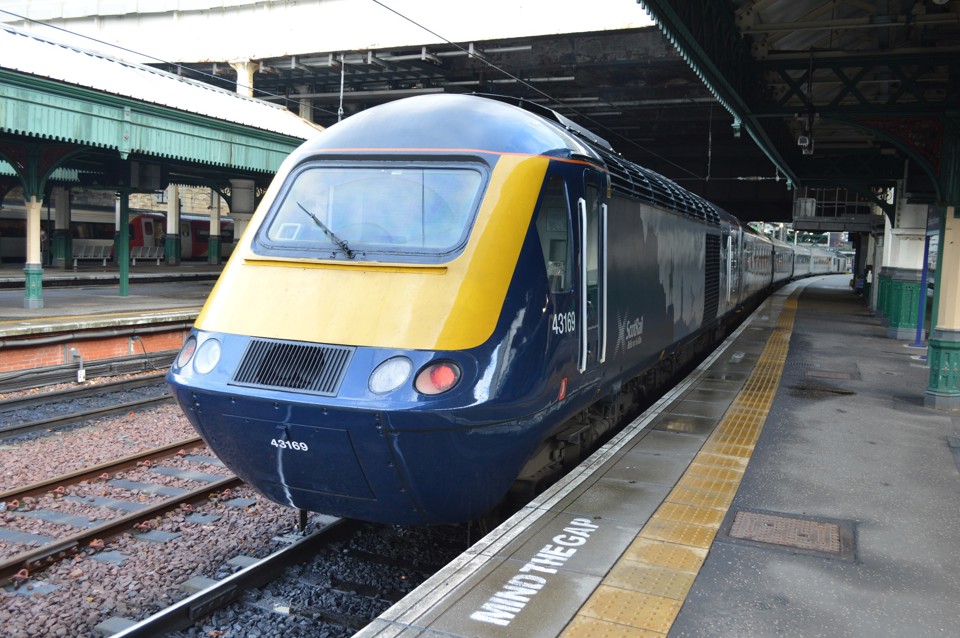
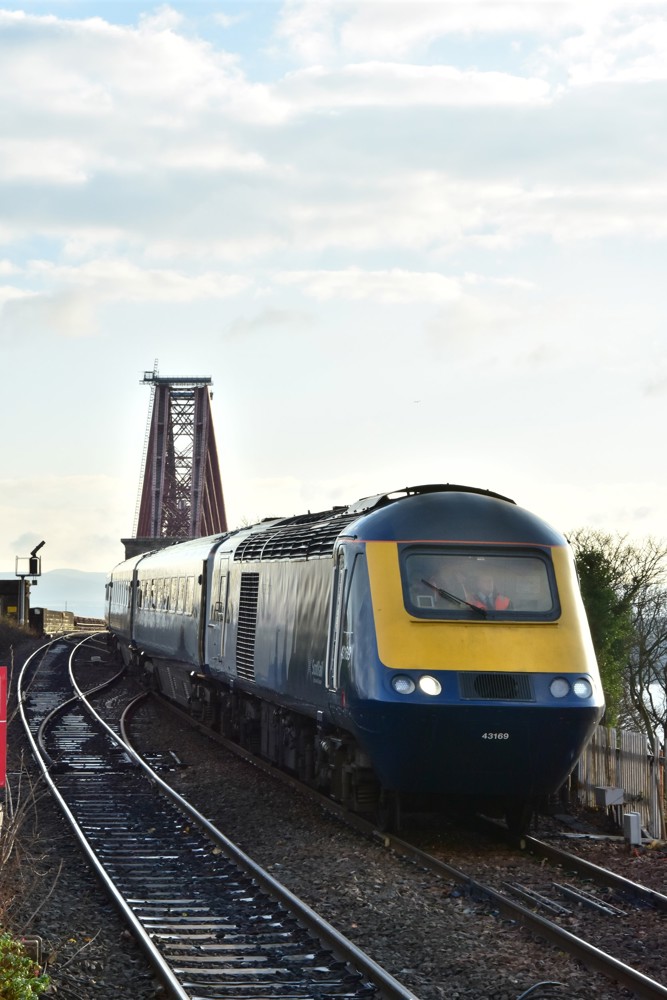

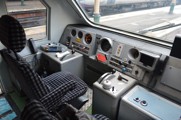
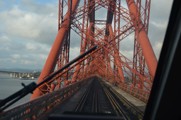
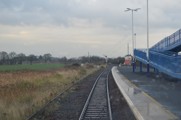
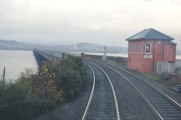
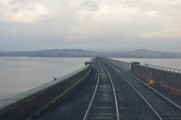
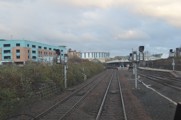
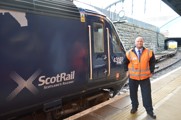

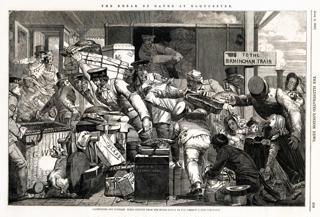
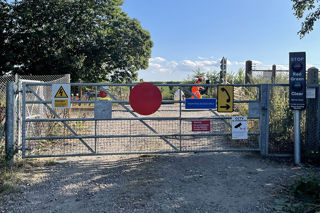
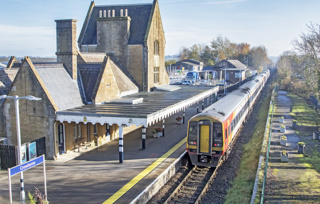
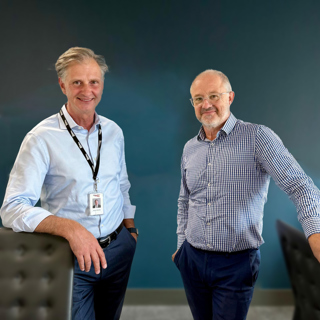











AndrewJG8918 - 14/07/2019 00:05
ScotRail should also use the IC7 HSTs to operate in the Scottish Highlands. Such as to operate them as 4-Car/5-Car+2 power cars to Thurso and Wick to/from Edinburgh Waverley and Glasgow Queens Street/Glasgow Central. And to operate them on the Fife Circle Lines.